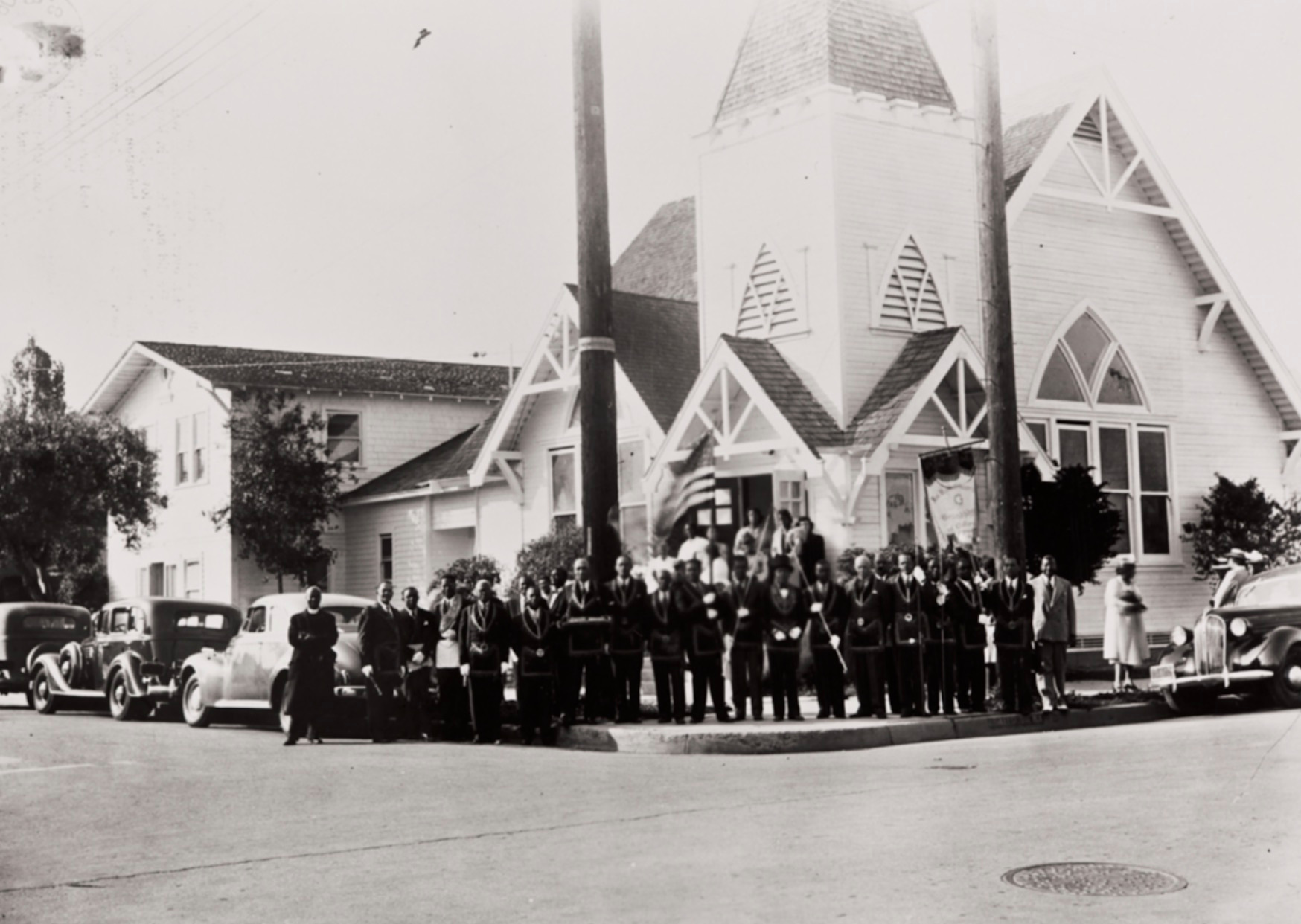Santa Barbara City Council Declares City’s First Black Church a Historic Landmark
St. Paul’s AME Church Recognized for Its ‘Moral Imprint’ on Surrounding Community

Santa Barbara’s first Black church, St. Paul’s AME Church — which has stood at 502 Olive Street for more than a century — was declared a historic landmark by the City Council this Tuesday. Although the church’s nomination had been in the works since 2018, the massive momentum generated by the Black Lives Matter movement in the wake of George Floyd’s murder at the hands of Minneapolis police clearly pushed it over the top.
The Historic Landmarks Commission received no fewer than 695 letters from individuals urging the church’s nomination be fast-tracked. It was hardly coincidental that the historical report accompanying the nomination was issued on Juneteenth — June 19 — an annual holiday commemorating the end of slavery in the United States.
Get the top stories in your inbox by signing up for our daily newsletter, Indy Today.
St. Paul’s was first founded in 1903, but the building the church currently occupies was constructed in 1916 in what’s now described as Carpenter’s Gothic style. Architecturally, that means the church was not designed by any known architect and was built with whatever materials were easily available.
It was the church’s “moral imprint” on the surrounding community — as well as its status as an obvious icon throughout Santa Barbara’s Eastside — that secured St. Paul’s its historic designation. Members of St. Paul’s community of faith played critical roles throughout Santa Barbara’s history, fighting against restrictive housing covenants, racial discrimination, and widespread segregation.
Among the many called out by name in such struggles were Willy Rowan, who worked against racially based job segregation in Santa Barbara’s banking industry in the late 1950s and early 1960s; Dr. Horace McMillan, Santa Barbara’s first Black doctor and a pioneer in the fight against housing discrimination in the same time period; Dr. Shirley Kennedy, who helped found UCSB’s Black Studies Department; and Anita Mackey, who taught a popular class on African-American studies at Santa Barbara City College. Also highlighted was Jerry Forney — a freed slave and the first Black person to reside in Santa Barbara — who rode a mule in a centennial celebration of the United States with an American flag draped over his back. Although Forney died nearly 30 years before the church was established, Forney proposed bringing a colony of 500 Black workers to Santa Barbara from North Carolina, and in 1884, he announced his candidacy to run for mayor. It’s not clear, however, what became of his mayoral aspirations.
Every day, the staff of the Santa Barbara Independent works hard to sort out truth from rumor and keep you informed of what’s happening across the entire Santa Barbara community. Now there’s a way to directly enable these efforts. Support the Independent by making a direct contribution or with a subscription to Indy+.



